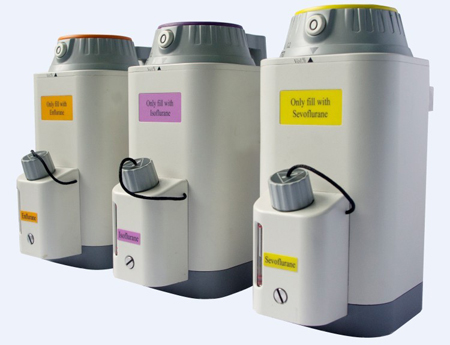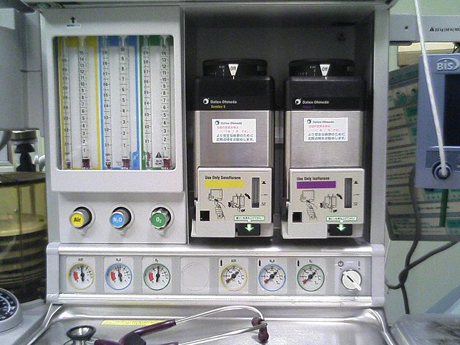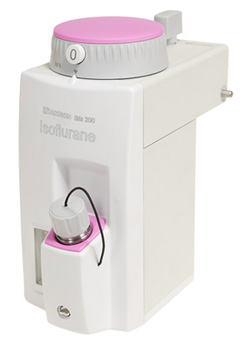Categories
Anesthetic Vaporizers: Types and Medical Application

The primer purpose of a vaporizer machine is adding anesthetic vapor into the fresh gas flow. It’s done in such a way that the output delivers the set anesthetic agent concentration in the most accurate way. Soon fresh gas enters the inlet and gets divided into two pathways. Here things depend on the setting of the control dial. The fresh gas never comes into contact with the vapor, but still it gets fully saturated with vapor. At the exit the gas meets the chamber gas and they two mix. The output of the process depends on how much of fresh gas went through the pathways.
An anesthesia vaporizer machine is one of the most critical components of the whole anesthetic machine. It produces a predictable and controlled concentration of vapor in the gas that passes through the vaporizer.
Ensuring the definite percentage of the agent that is going to be delivered is highly important. If the machine is a multifunctional one, it causes inappropriate depth of anesthesia, which is dangerous (this may be reason a doctor loses a patient).
Types of Vaporizers

There are several types of vaporizers that are widely used in the medical field.
Simple vaporizers don’t compensate for the effects, as their output varies under a vast number of different conditions.
Precision vaporizers usually incorporate special mechanisms that help in compensating for different effects. The output in this case is constant, regardless of the conditions. They work delivering definite concentrations of gas. Besides, their regulation can be automated/controlled by an anesthetist.
When a vaporizer is fully automated, it delivers the concentration of gas that is indicated by a dial, even if there are temperature changes or any changes in circuit pressure or the flow rate of fresh gas. Normally, such devices are designed to be used with a single anesthetic.
Non-precision vaporizers work producing an anesthetic output that can be varied, depending on different conditions that take place. The devices are located in the breathing circuit. This is where the vaporizer is affected by the fresh gas flow rate, as well as patient ventilation, room temperature, pressure within the breathing circuit and controlled ventilation. The output is going to be decreased because of the dilution when the gas flow is increased through a vaporizer in-circuit. The output from a non-precision vaporizer increases in a warm environment, but decreases in a cold one.
Low-resistance vaporizers are characterized by a low internal resistance to gas flow. They are specially designed to be used within the breathing circuit either as in-circuit vaporizers in a circle absorber system or in draw-over apparatus.
Isoflurane Vaporizer
The commonest types of anesthesia vaporizers that are used in medical practices are used with isoflurane. The surgical level of anesthesia are sustained with a 1.0-2.5% concentration, when the nitrous oxide that is used concomitantly.

There may also be an additional 0.5-1.0% that is usually required in cases when isoflurane is given using only oxygen. When there is a need to add relaxation, a physician may use the supplemental doses of muscle relaxants.
The blood pressure level during the maintenance is normally an inverse function of isoflurane concentration during the absence of additional complicating problems. Any excessive decreases happen because of the anesthesia depth. They may be corrected by lightening the anesthesia.
Such anesthesia vaporizer machines can be used both in a regular medical field and veterinary practices.



